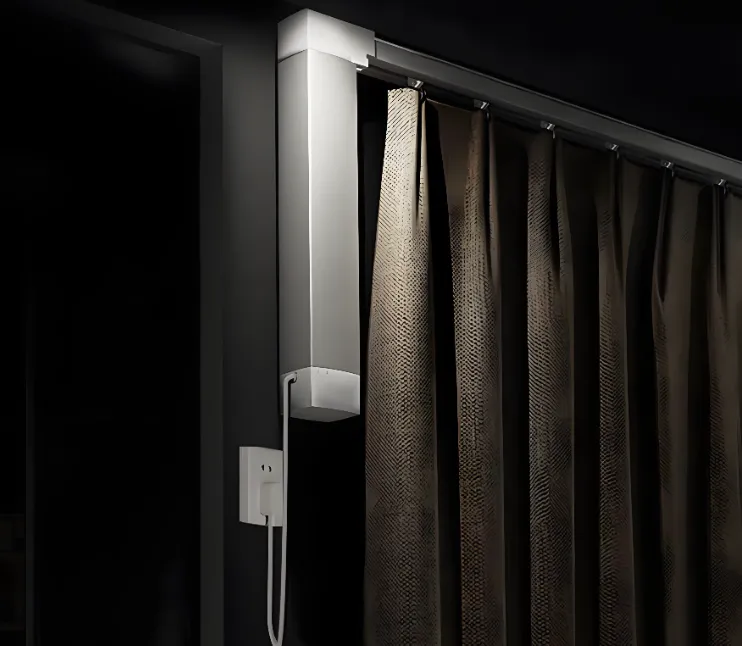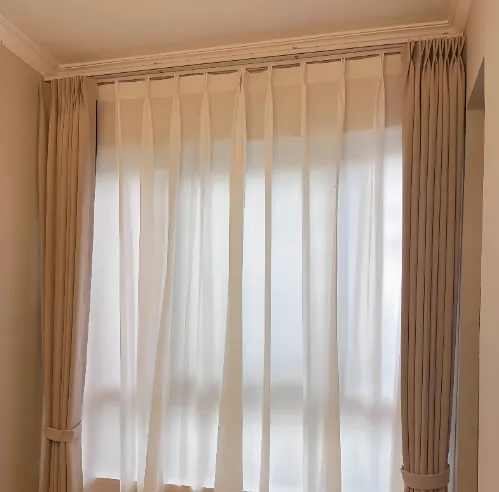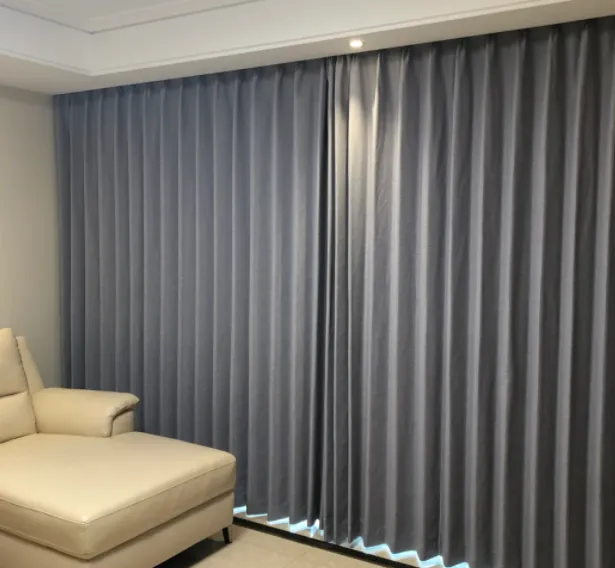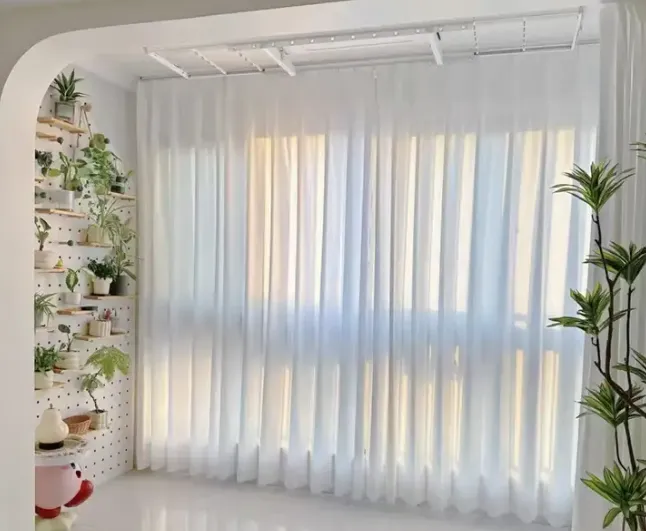In the era of home automation, smart curtains have emerged as a sought-after option for new home renovations, while traditional curtains remain a timeless choice. The debate over whether smart curtains are a "IQ tax" (a gimmick that wastes money) has sparked widespread discussion among homeowners. This article will objectively analyze the core value of both types and help you make an informed decision for your new home.

Smart curtains are not just a fancy upgrade but a practical addition that enhances quality of life.
- Unmatched Convenience: They can be controlled via smartphone apps, voice commands (compatible with Alexa, Google Assistant, etc.), or timers. You can open/close them remotely while commuting or set schedules to align with sunrise/sunset, eliminating manual operation.
- Energy Efficiency: By automatically adjusting based on light intensity and temperature, smart curtains reduce air conditioning and lighting costs. For example, they block strong sunlight in summer to keep rooms cool and let in natural light in winter to save heating energy.
- Enhanced Security: When you’re away, setting curtains to open and close at regular intervals simulates occupancy, deterring potential burglars and improving home security.

Traditional curtains (manual pull or rod-type) have stood the test of time for good reasons.
- Cost-Effectiveness: They are more affordable in terms of initial purchase and installation. There’s no need to invest in motors, controllers, or smart hubs, making them suitable for budget-conscious homeowners.
- Simplicity and Reliability: With no dependence on electricity or network connections, traditional curtains work stably even during power outages. Their structure is simple, requiring minimal maintenance and having a long service life.
- Flexible Aesthetics: Traditional curtains offer a wider range of fabrics, colors, and styles. They can be easily customized to match various interior designs, from classic to minimalist, without being restricted by smart device compatibility.
The answer depends on your needs and lifestyle.
- It is a gimmick only if you prioritize cost over convenience, rarely use smart devices, or live in a space with limited power supply.
- It is a worthwhile investment if you pursue a smart lifestyle, value time-saving convenience, focus on energy efficiency, or need to enhance home security. The key lies in whether its functions align with your actual needs, not just following trends.
- Consider Your Budget: If you have a moderate to high budget and plan to build a smart home ecosystem, smart curtains are a great fit. For a tight budget, traditional curtains are more practical.
- Evaluate Lifestyle Habits: If you often forget to adjust curtains or need remote control (e.g., for pet owners or frequent travelers), smart curtains will significantly improve your daily life. If you prefer simple, hands-on operation, traditional curtains are more suitable.
- Assess Installation Conditions: Smart curtains require power outlets and network coverage. Ensure your new home’s wiring plan supports this; otherwise, the installation and usage will be troublesome. Traditional curtains have no such restrictions.
In conclusion, smart curtains are not an IQ tax for most homeowners—they are a functional upgrade that caters to the needs of modern smart living. Traditional curtains, on the other hand, remain a reliable, cost-effective choice. The best option depends on your budget, lifestyle, and renovation plans. Choose wisely to balance practicality and comfort for your new home.






